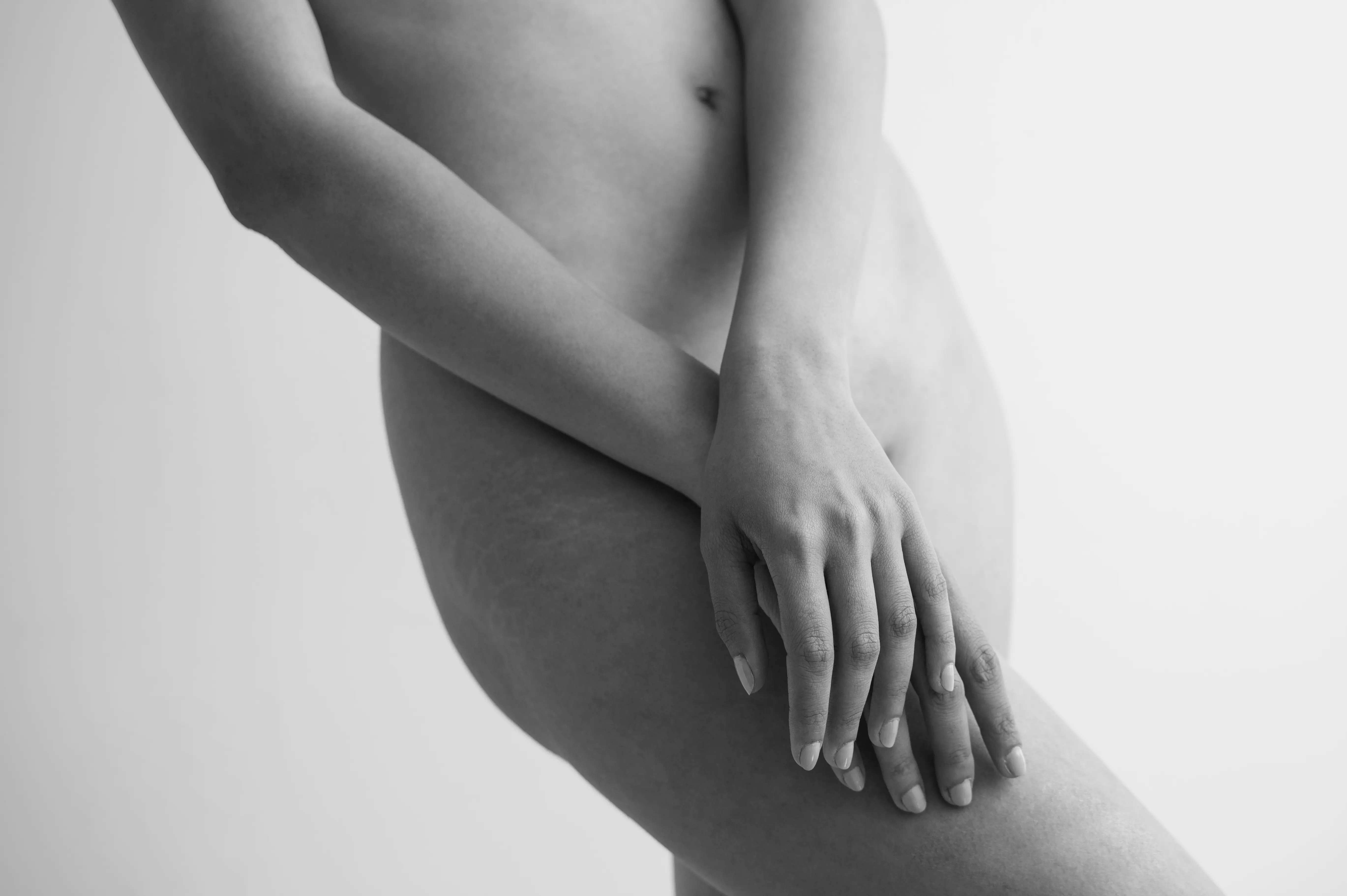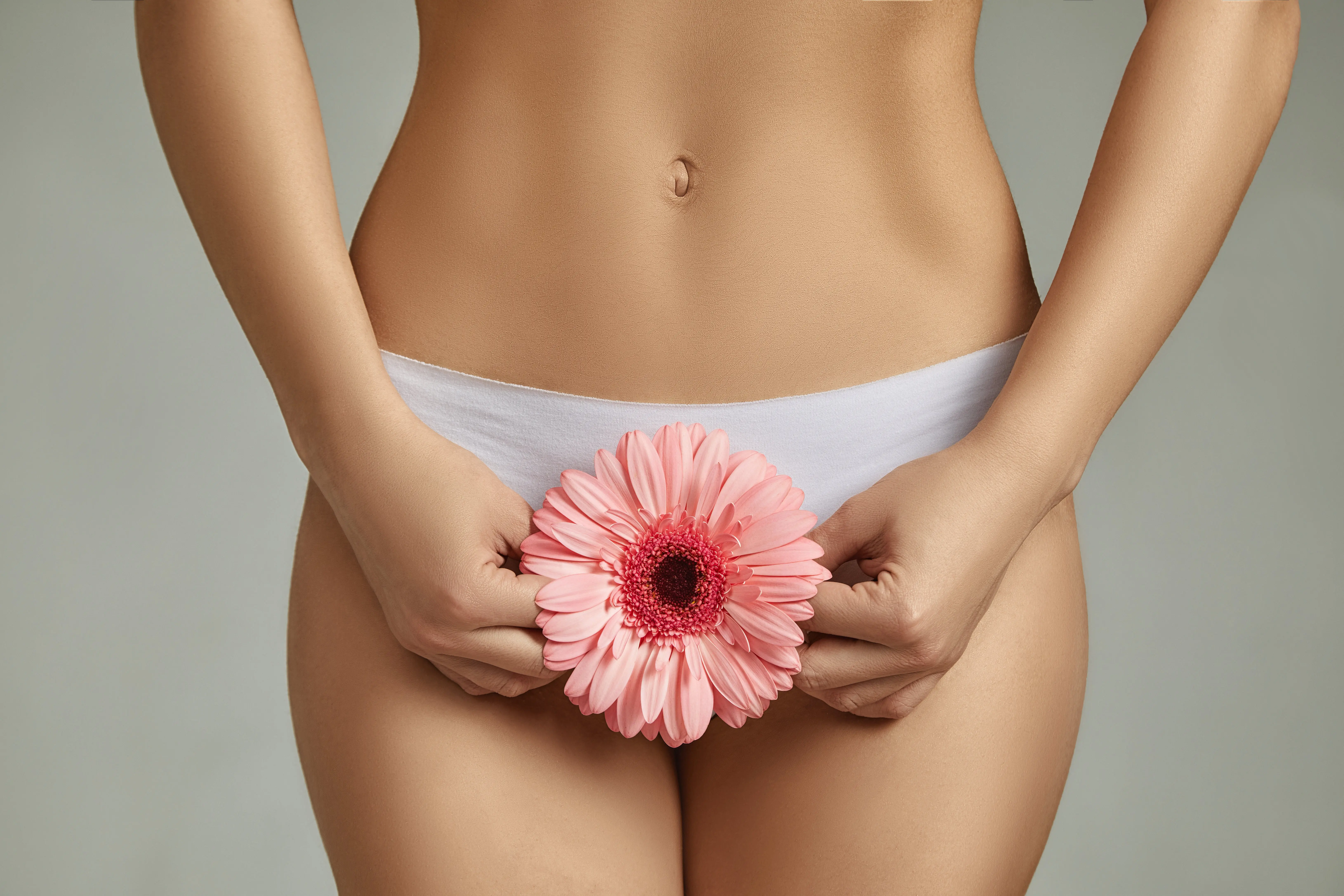Other Treatment Methods
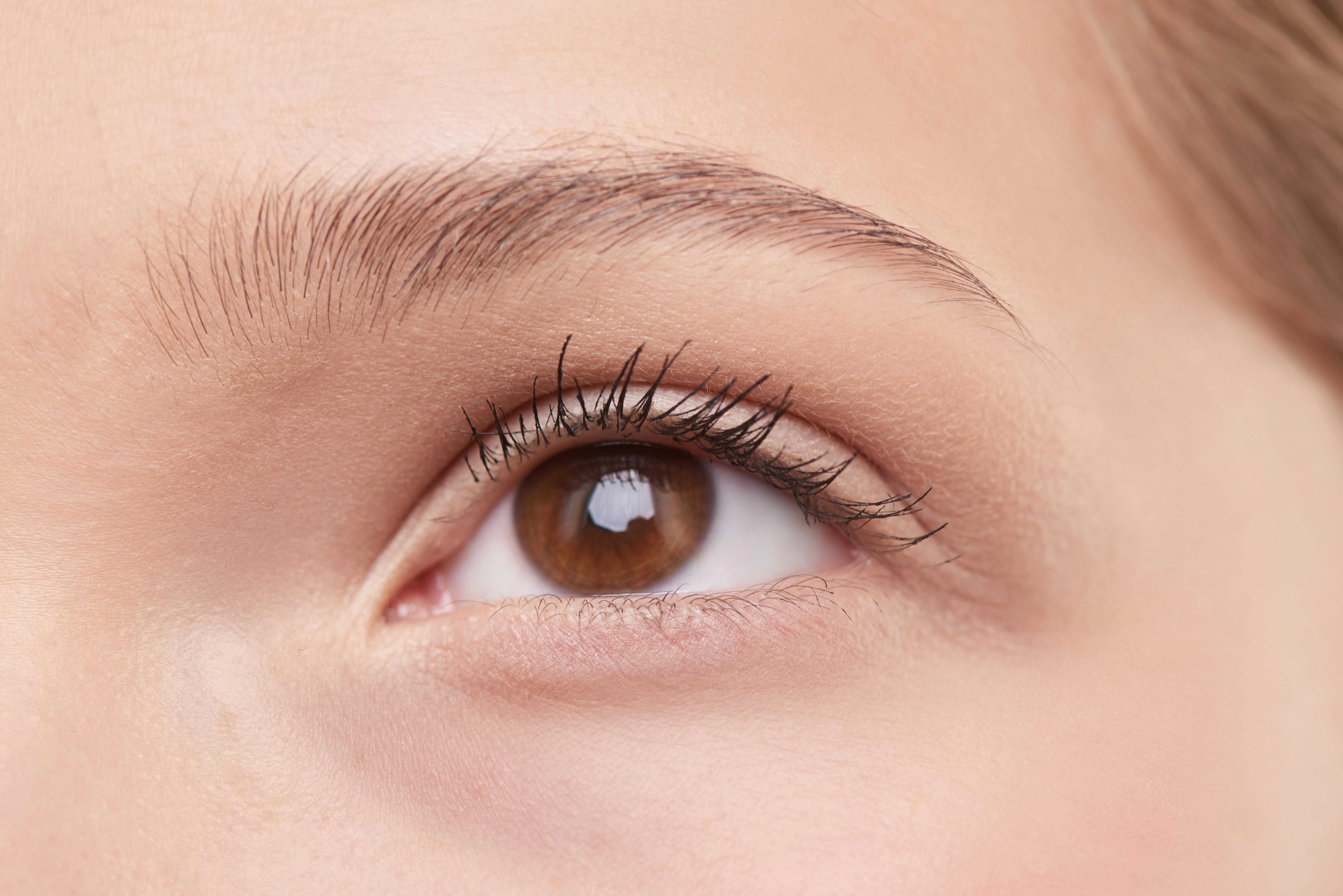
Eyelid surgery
The skin The skin around the eyes is thin and delicate, which is why wrinkles form here earlier wrinkles than in other parts of the body. Frequent sunbathing, pronounced facial expressions, or familial disposition promote the formation of wrinkles and cause the eyelids to sag. On the upper eyelids, excess skin can impede upward and sideways vision, while on the lower eyelids, bags under the eyes can develop.
Procedure of an eyelid tightening
Eyelid tightening is usually performed on an outpatient basis under local anesthesia with a sedative injection and takes about an hour and a half. The surgeon makes incisions along the natural crease of the upper eyelid and just above the lash line of the lower eyelid, sometimes extending to the crow's feet at the outer corner of the eye. He carefully lifts the epidermis and removes skin and muscle tissue. Excess fat deposits may be reduced if necessary. Then he stitches the wound with a fine suture running inside the skin. If there are only fat deposits on the lower eyelid, the surgeon can work through incisions on the inside of the lower eyelids, leaving no visible scars.
Risks of eyelid surgery
An upper eyelid lift carries few risks. In the lower eyelid, rarely drooping lower eyelids (ectropion) can develop, which must be corrected with a second procedure.
After the operation
The first 24 hours after the eyelid lift, you should ideally lie in bed with your head elevated and cool your eyes with an ice pack. Please always place these on compresses. If you see something blurry and the eyes burn, that's normal. However, if you suddenly experience severe pain, report it to your doctor immediately. Reading and watching TV are allowed immediately after the procedure, Sports after two weeks. Contact lenses can be worn again about ten days after the surgery. As you age, the skin on your face loses elasticity. Crow's feet, laugh lines, and wrinkles form on the cheeks or forehead. Some also notice that the Lips look thinner.
Experts for this Treatment Method

- Modern Ophthalmology
Dr. Mirka R. Höltzermann
Augenpraxis Dr. Höltzermann, Dr. von Schnakenburg, Augenpraxis Dres. Höltzermann & von Schnakenburg
- Modern Ophthalmology
Dr. med. Karsten Klabe
Breyer, Kaymak & Klabe Augenchirurgie
- Modern Ophthalmology
Prof. Dr. med. Hakan Kaymak
Breyer, Kaymak & Klabe Augenchirurgie
- Modern Ophthalmology
Dr. med. Detlev R. H. Breyer
Breyer, Kaymak & Klabe Augenchirurgie
- Aesthetic Surgery & Dermatology
Dr. med. Elisabeth Zott-Schuhmachers
Meine Haut München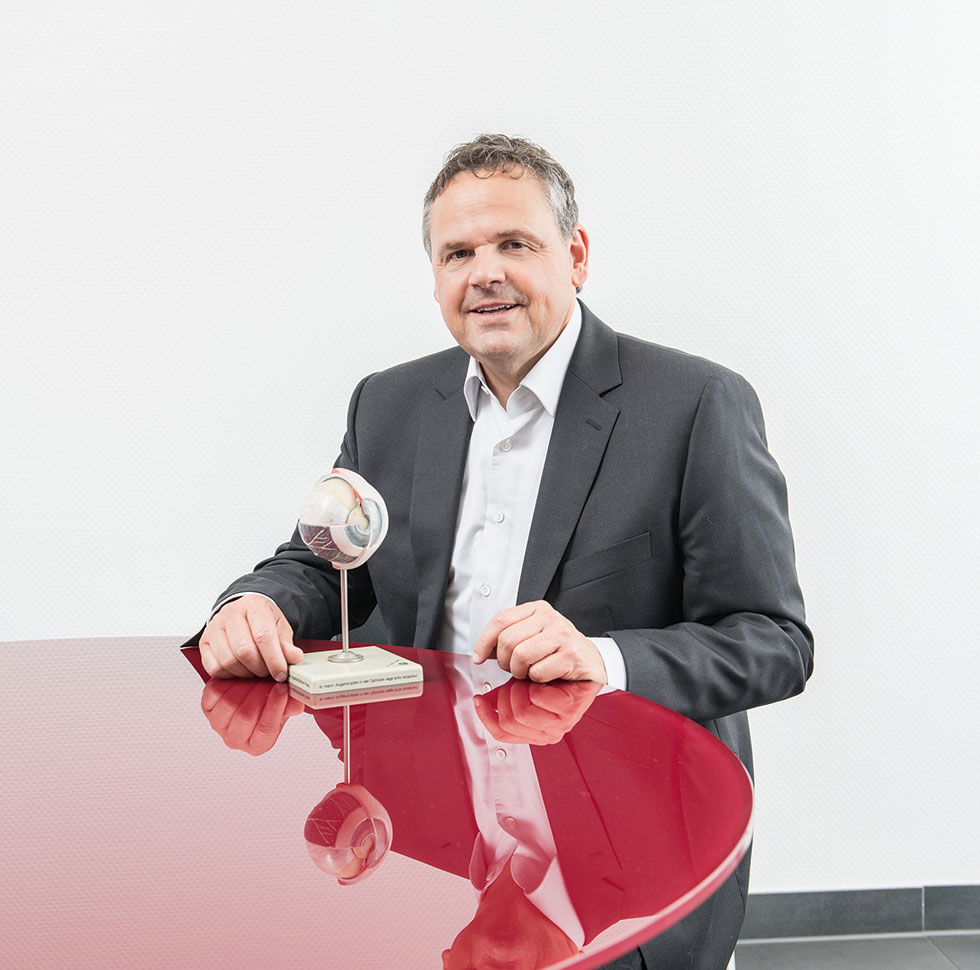
- Modern Ophthalmology
Dr. med. Mark Tomalla
Privatpraxis für AugenheilkundeAll Experts in this Department
Show All
- Modern Ophthalmology
Dr. Mirka R. Höltzermann
Augenpraxis Dr. Höltzermann, Dr. von Schnakenburg, Augenpraxis Dres. Höltzermann & von Schnakenburg
- Modern Ophthalmology
Dr. med. Ilya Kotomin
Smile Eyes Leipzig
- Modern Ophthalmology
Priv.-Doz. Dr. med. Daniel Pilger
Smile Eyes Berlin
- Modern Ophthalmology
Raphael Neuhann (FEBO)
Opthalmologikum Dr. Neuhann / Augentagesklinik am Marienplatz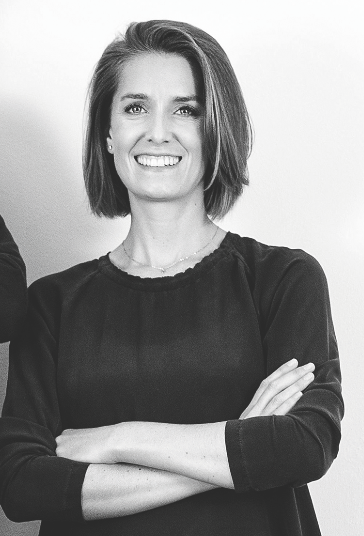
- Modern Ophthalmology
Dr. med. Tabitha Neuhann
Opthalmologikum Dr. Neuhann / Augentagesklinik am Marienplatz
- Modern Ophthalmology


